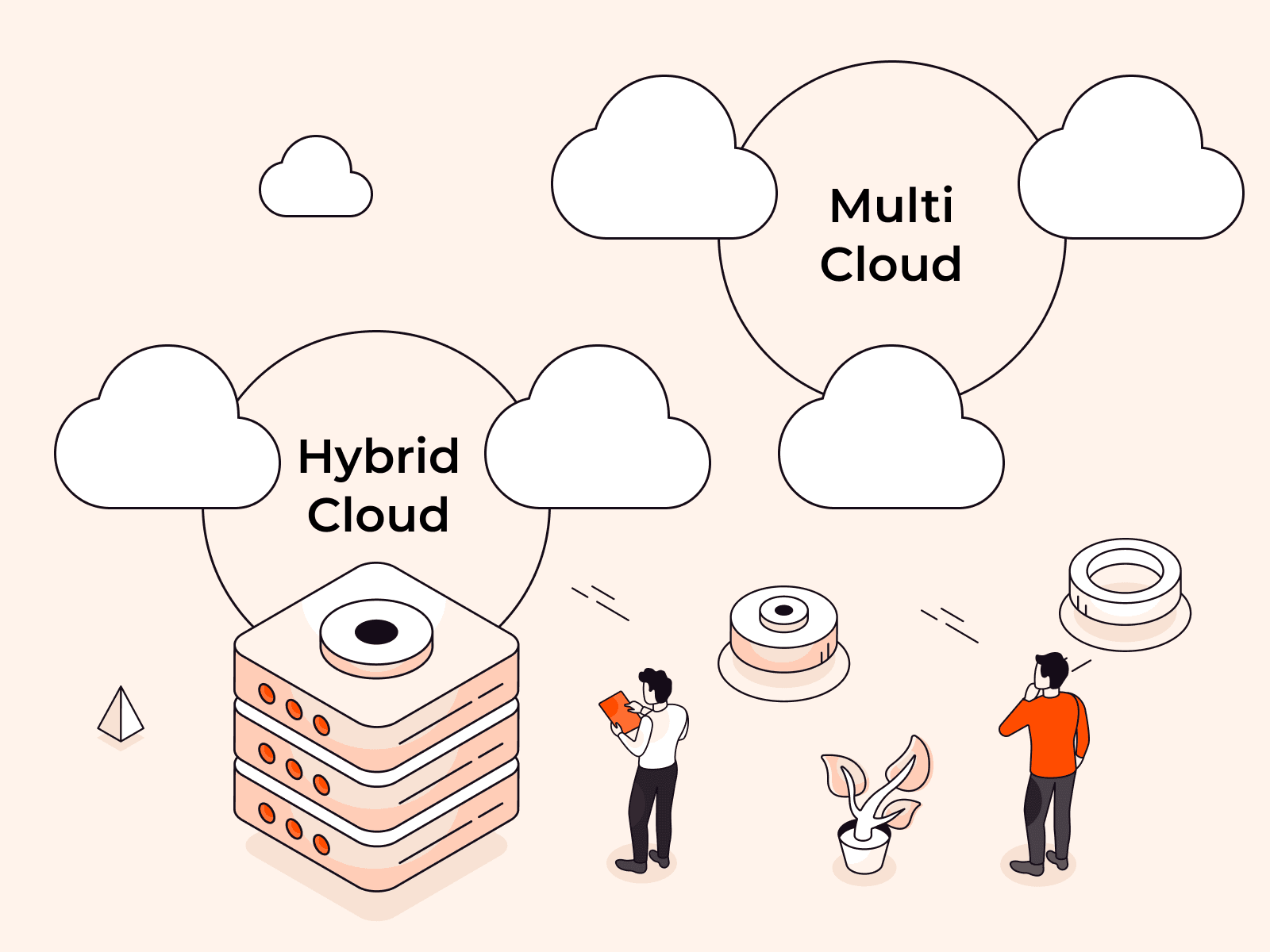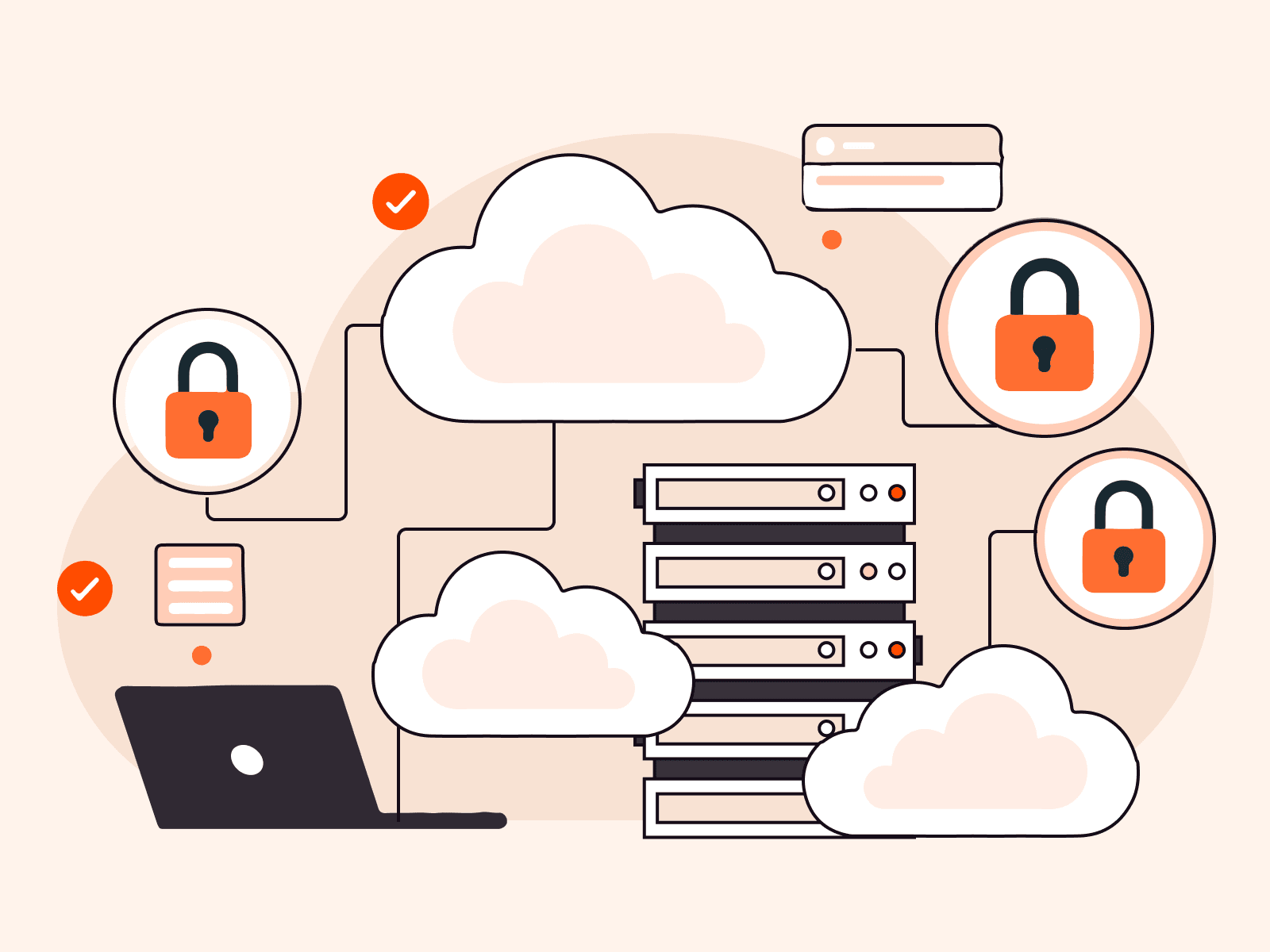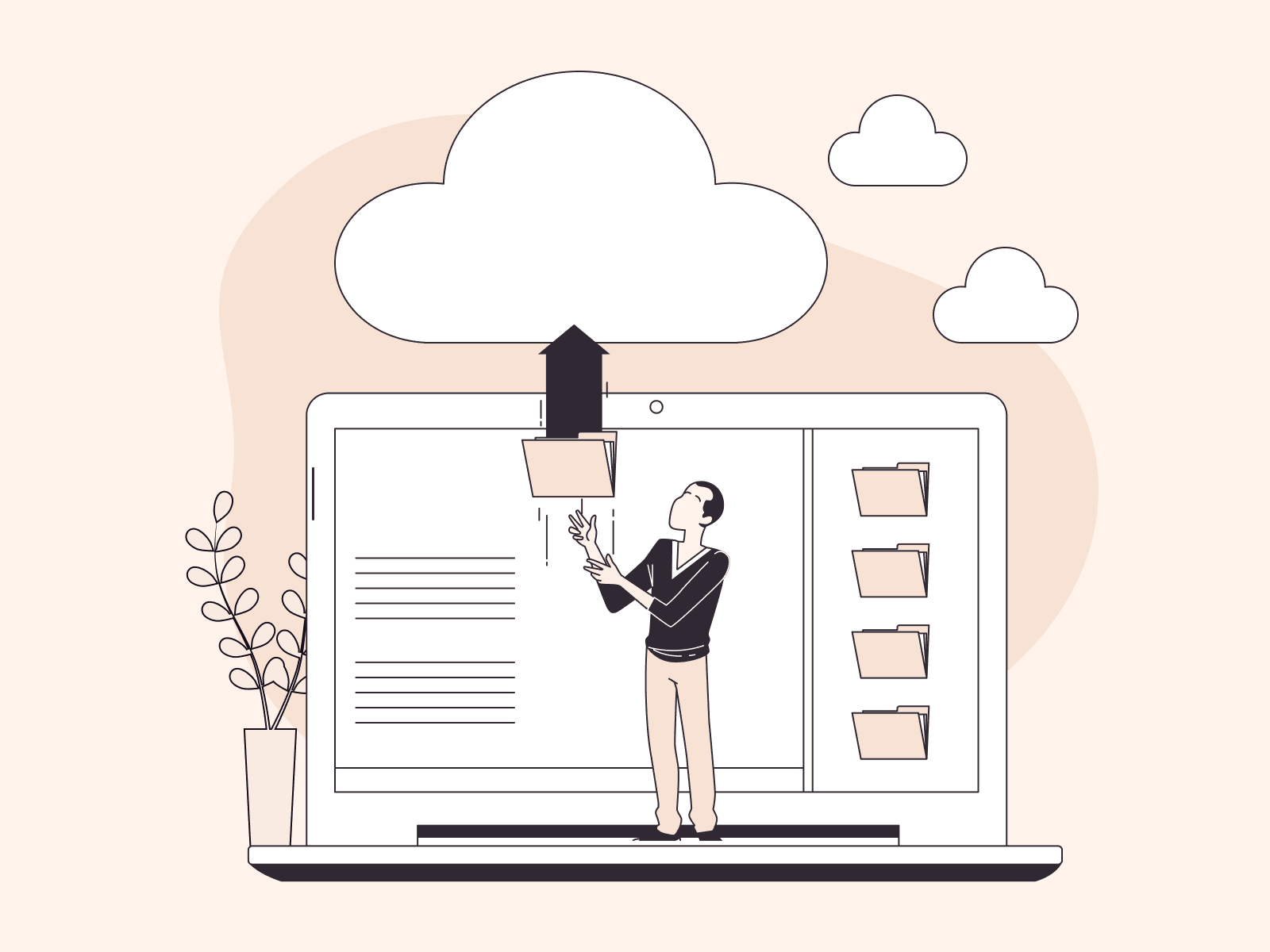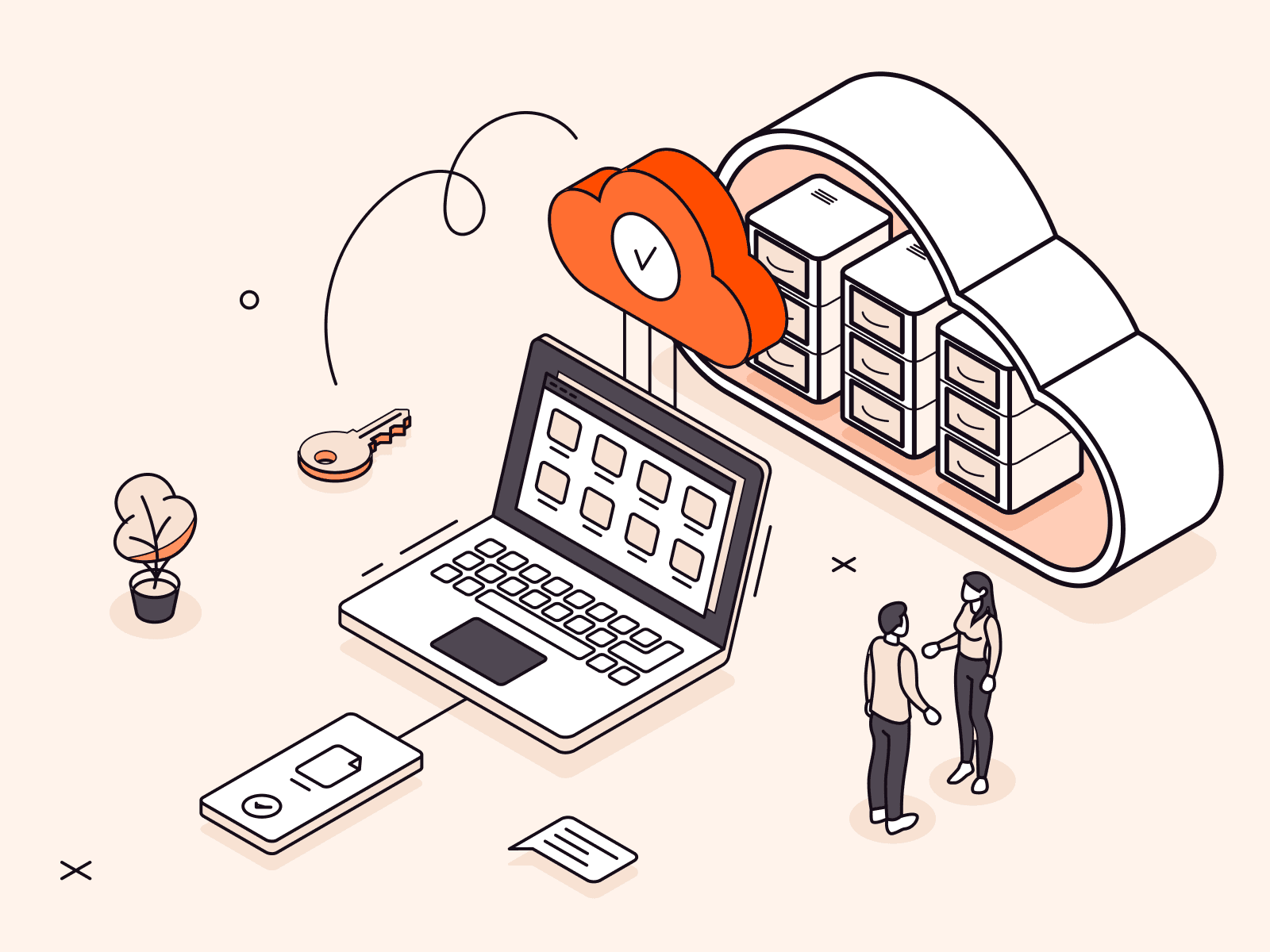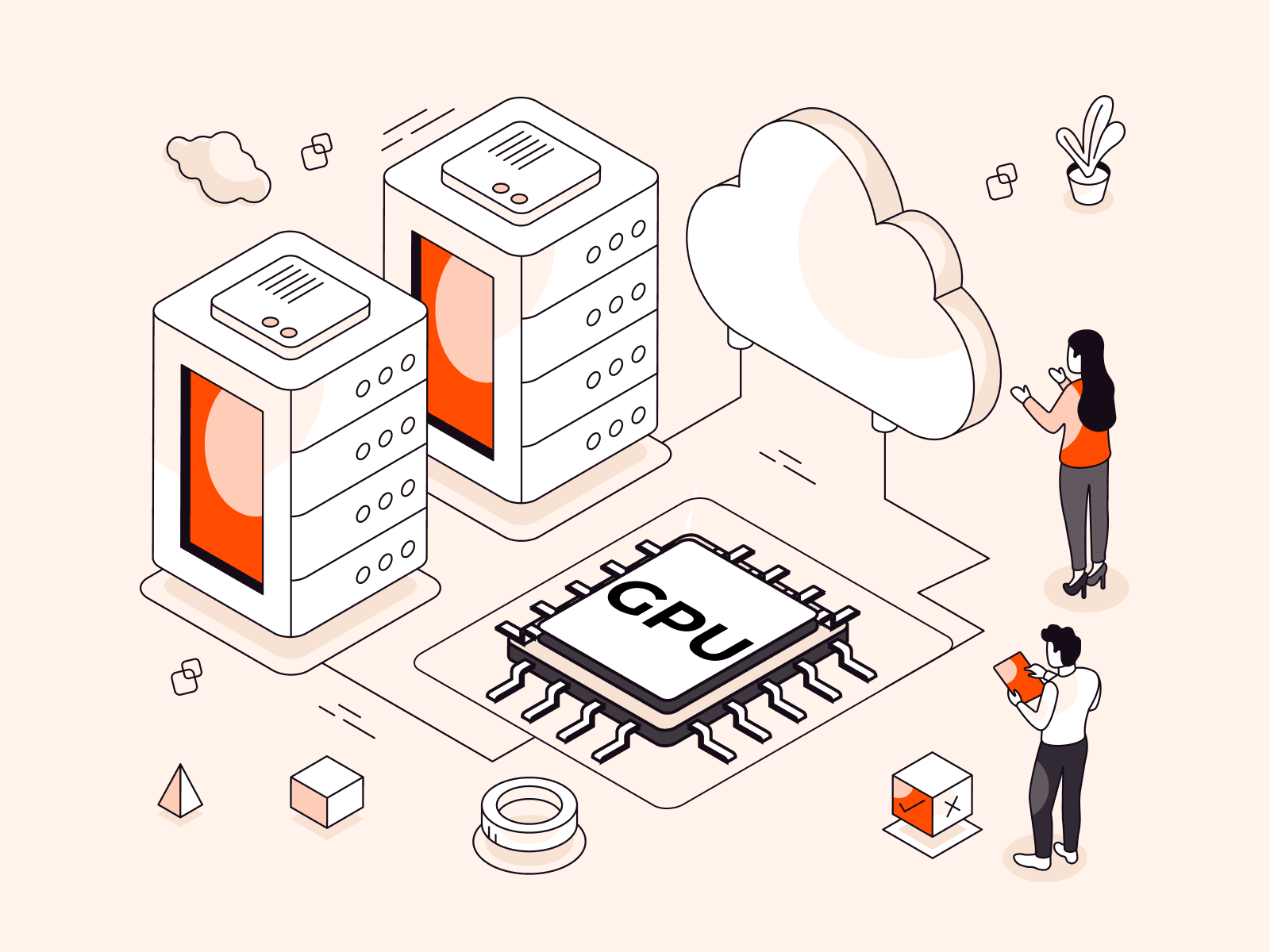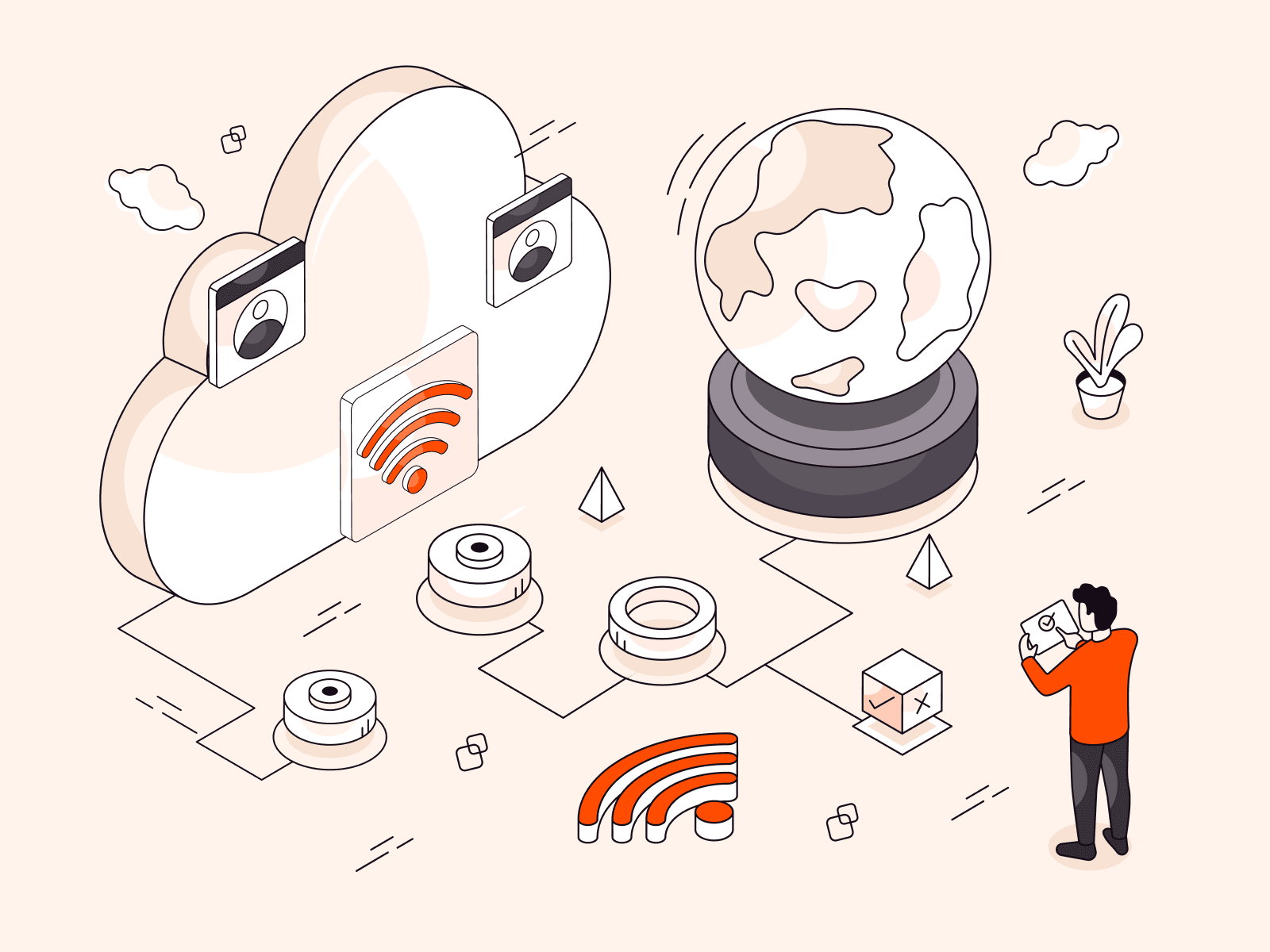Every day, new media content appears on different websites. According to Keypoint Intelligence forecasts, humanity will have 9.3 trillion photos by 2022. All of them need to be stored, protected from illegal access and copying, and delivered to users without delays.
If you are engaged in the production of media content, you need to store your footage somewhere. At the same time, it’s important that each photo and video is easy to find and access. And of course, the materials must have reliable protection.
Corporate media storages exist to solve these problems. Let’s figure out what they are and how to properly organize the storage and delivery of media content.

What is a corporate media storage?
A corporate media storage is a single organized system for storing company media files. It should be well structured and provide quick access to stored data.
In fact, a media storage is an example of a corporate data storage (CDS). But if an ordinary CDS allows any information to an be stored in it, and the main emphasis is on the structure and analysis of data, then for media storages, quick access to files is most important.
Features of such a storage:
- Different levels of access to data for different employees of the company.
- High security.
- A large amount of memory, allowing you to store terabytes of photos and videos.
What tasks does a corporate media storage perform?
1. Facilitating collaboration on materials. The production of media content is a complex process. Usually it’s divided into several stages, each of which is dealt with by a different employee (and sometimes even a different department). It’s inconvenient and unsafe to constantly transfer files.
It’s much better to collect materials in one place and provide access to those who participate in working on this content.
2. Collecting data in one place. Imagine that you need to quickly find a photo or video, or, for example, see how much material you released in the last month. If there’s no shared storage, you’ll have to find out where this or that file is located, or collect data from different departments. It will take a long time.
If all materials are stored in a shared system, you can always quickly find the file or get the information you need.
3. Providing secure storage of files. Typically, these storages have various security mechanisms. If you’ve chosen a secure storage system, no one will be able to access the data without permission.
Besides, the data in media storages can be duplicated. And if any file is lost, a copy will remain.
4. Allowing you to quickly access files. If the storage is organized correctly, you will always know where any specific piece of content is stored, and you can quickly find the data you need.
On top of that, file extraction can be automated and the necessary data automatically downloaded to your resources and delivered to users.
5. Providing the ability to store data of almost unlimited volume. Media files are quite large, especially when it comes to high quality video. To accommodate all this data, you need terabytes of memory.
It’s better to place such content in reliable cloud storages with no limit on the amount of uploaded files.
When do you need a corporate media storage?
A well-organized media storage is essential for large content producers. Primarily, those are media and entertainment companies, such as news portals, online publishers, streaming services, organizers and broadcasters of sports and entertainment events, concerts, and so on.
If you regularly shoot your own content or post a lot of photo or video materials on your resources, you can’t do without a corporate media storage.
A media storage is useful for online stores. It can store product photos, video reviews, and other similar assets.
Organizers of online events who regularly conduct live broadcasts also need storage systems. Records of past events may come in handy in the future. Therefore, it’s helpful to have a broadcast archive. And it’s better if it’s a shared, secure media storage.
How to organize storage of media content
Generally speaking, there are two ways:
- Build your own infrastructure. This means purchasing your own servers, hiring personnel to develop a storage system, and performing equipment maintenance.
- Use a cloud solution.
The first way is costly. To develop and manage your own infrastructure, you have to allocate an entire department and a large part of the budget.
Organizing storage in the cloud is an easier and more cost-effective way. By choosing it, you get:
- Infrastructure savings—you don’t spend resources on purchasing and maintaining equipment, or hiring and training system administrators
- A nearly unlimited amount of memory and easy scalability—rent as many resources as you need, and increase or decrease their size at any time
- Security—cloud storages from reliable providers are equipped with advanced protection mechanisms, so your data will definitely remain safe.
However, in order to build a truly efficient storage system, it’s important to choose the right cloud solution.
How to get quick access to files?
There are file cloud storages and object cloud storages.
File cloud storages are similar to regular computers—files are located in directories, directories are combined into other directories, and so on.

This results in an extensive and complex hierarchy. Such a device is suitable for storing statistical data or legal documents. All data can be well structured.
But for media content, this type of storage will not be the best solution, because the complex hierarchy makes paths to files too long, which slows down their extraction.
For a media storage, quick access to files is important in order to retrieve photos and videos and deliver them to users without delays. Object storages are perfect for such tasks.
There are no directories in them. Each file is stored separately. At the same time, each object is assigned metadata—a set of features by which the file can be easily found and extracted.
There is no hierarchy, which means that paths to objects are as short as possible, and they are retrieved directly. This allows for quick access to each of them.

Working with such storages is carried out via API. The whole process of working with the storage, content placement, and delivery to users is automated.
The lack of hierarchy, however, doesn’t mean that the content inside the storage can’t be structured. For this, containers are used, but they don’t slow down access to files in any way.
At the same time, object storages can accommodate petabytes of data and are easily scalable. That’s why we advise you to choose them when organizing a corporate media storage.
How to make a storage secure?
To protect your content from unauthorized access, it’s important to choose a reliable cloud provider.
Pay attention to what protection mechanisms the company uses, and whether it has certificates confirming compliance with international security standards.
Also, consider the data center tier of the service provider. It’s better to choose providers with Tier III or Tier IV data centers (Tier IV being the highest level of security). This way, you can be sure that your content is hosted on powerful, load-resistant servers, and that the likelihood of failure or data loss is almost zero.
Gcore Storage complies with international security standards. Data is hosted in Tier IV data centers.
We have two types of storage: SFTP (file) and S3 (cloud).
- We support SFTP and SSH protocols.
- Flexible synchronization with rsync.
- 24/7 technical support.
We offer a convenient and reliable service at lower prices than many of our competitors.

Rent an object storage with unlimited memory and pay only for the resources actually consumed.
Media content delivery
There’s an even better solution for video storage and delivery. Use a streaming platform to make the content easy to upload to a resource, and to make the videos protected from illegal viewing and copying at the stage of delivery.
Gcore Streaming Platform addresses these challenges. Some facts about it:
- Optimization of expenses for organizing streaming: A modern infrastructure with professional settings is used.
- Protecting videos from unauthorized access, available only to corporate employees using AES, Tokenization, Signed URLs, CORS, and DRM.
- Collaborate with your security and data security departments.
- Seamless integration into the existing corporate system without complex programming.
- Works on all devices, including PCs and mobile phones with unstable mobile connectivity.
- Broadcast to 1,000,000+ viewers simultaneously.
- Competent 24/7 technical support.
You create unique content. We take care of all the technical details of streaming.
If you still have questions, request a free consultation. We’ll tell you more about our services and advise on a suitable solution for storing and delivering media content.
Related articles
Subscribe to our newsletter
Get the latest industry trends, exclusive insights, and Gcore updates delivered straight to your inbox.

